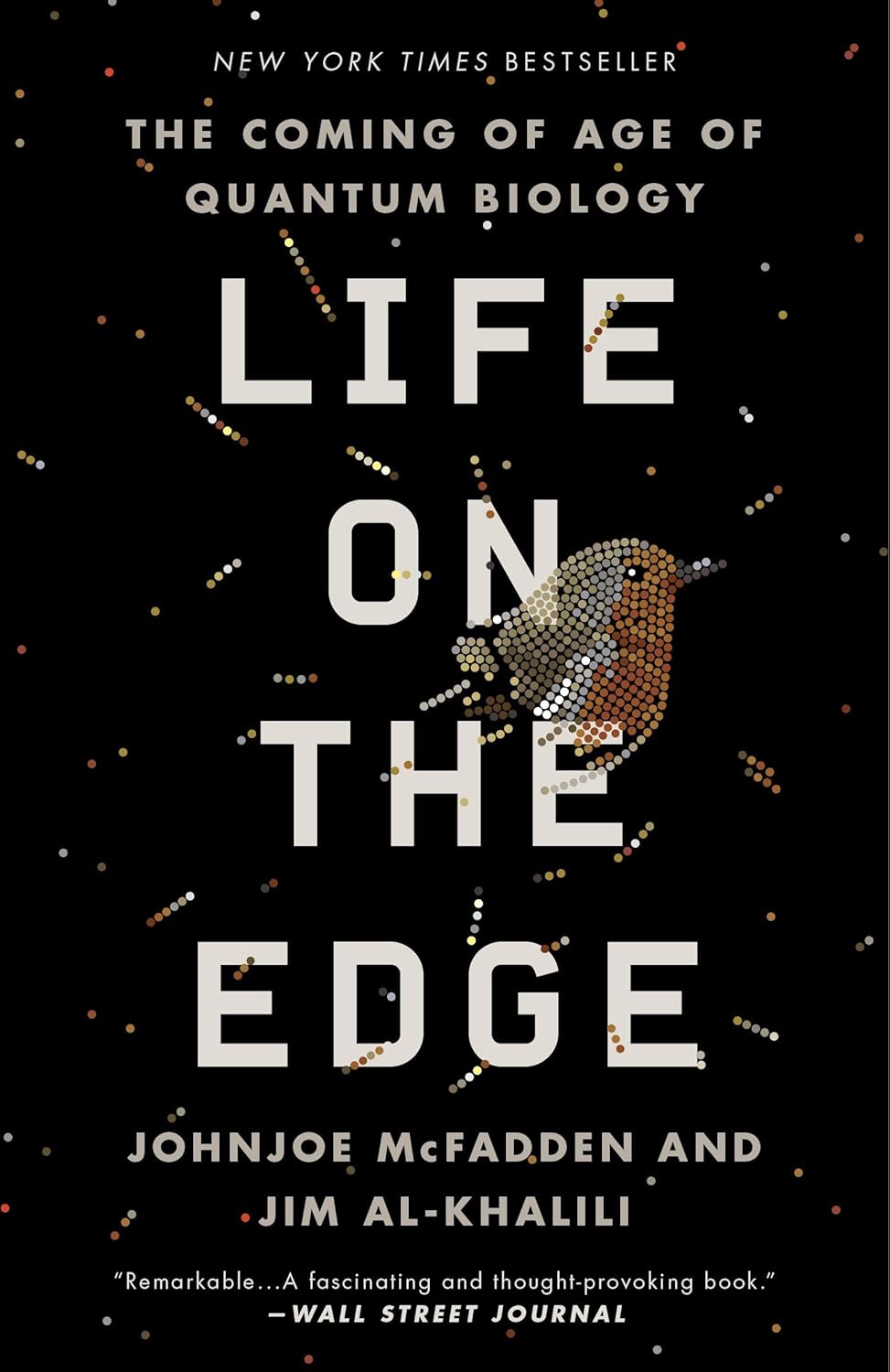Format: Paperback. You can purchase it on Amazon.com
- Publisher: Crown.
- Publication date: 2016
- Language: English
- Print length: 368 pages
- ISBN-13: 978-0307986825
The Hungarian edition was published by Libri Publishing in 2016 and can be purchased at Libri.
The code is something mysterious that hides the essence from us. It doesn’t only appear in spy stories—our surrounding world, nature itself, is full of patterns that evidently follow some peculiar order. These appear in countless places: in the crystals of minerals, the hives of bees, the twist of wheat spikes, the shells of snails, and even within our own bodies—in the structure of the living cell. Could it be that the entire known world is built on some mysterious code, a global-scale puzzle?
It has been exactly sixty-four years since two researchers at the University of Cambridge, F. Crick and J. D. Watson, uncovered the structure of our genetic material, DNA. Since then, progress has been immense. For ten years now, the full human genome code has been available, and today, for just a few thousand dollars, anyone can have their own genetic map created within weeks—a map that could eventually be used to produce their genetic copy.
But there’s one thing we still cannot do: create life from purely inanimate matter. Tibor Gánti’s chemoton model demonstrated that it is possible to construct life-like, self-replicating, extremely minimalist artificial molecular structures without DNA, RNA, or enzymes. But what we’ve learned from that is that life can take many forms. What remains unclear is how lifeless atoms and molecules organize into living matter capable of love, hatred, desire, fear, and thought. How can our genes make precise copies of themselves? How do migratory birds know where to fly? How do we perceive the scent of a rose?
Jim Al-Khalili and Johnjoe McFadden are searching for the missing pieces of the mysterious puzzle we call life, drawing on the findings of a young and promising scientific discipline: quantum biology. Their book, Life on the Edge—now available in Hungarian thanks to Libri Publishing and a superb translation by István Dienes—is considered by many to be as influential as Richard Dawkins’s The Selfish Gene.
The author duo needs little introduction to Hungarian audiences. Jim Al-Khalili is an academic, writer, and broadcaster, often seen on popular science channels here as well. He works as a theoretical physicist at the University of Surrey, where he teaches and conducts research in quantum mechanics. Johnjoe McFadden is a professor of molecular biology, also at the University of Surrey, and a science journalist for The Guardian. He has spent decades researching tuberculosis and meningitis—developing the first successful molecular test for the latter.
Their shared field, quantum biology, is still in its infancy, but it may well become one of the most innovative areas of research in the coming decade. It’s worth paying attention to!

